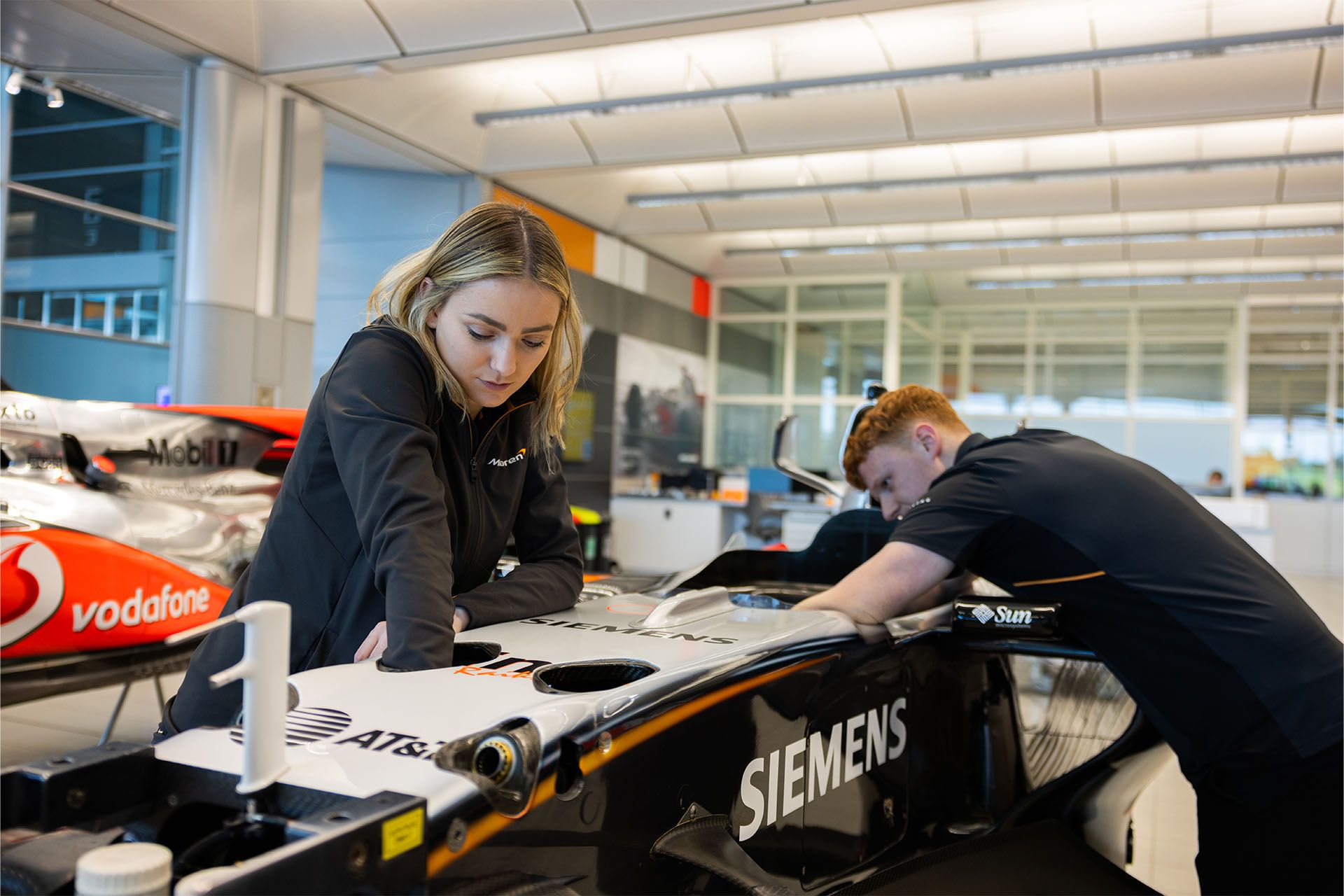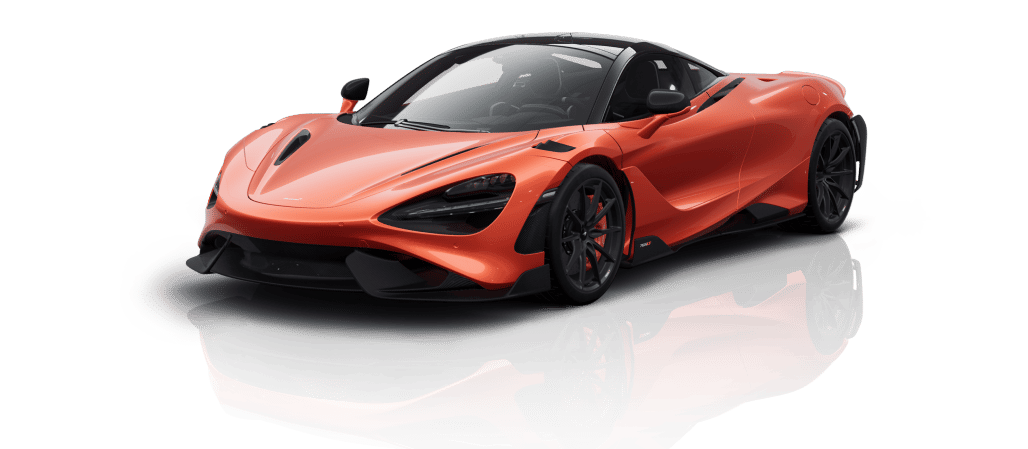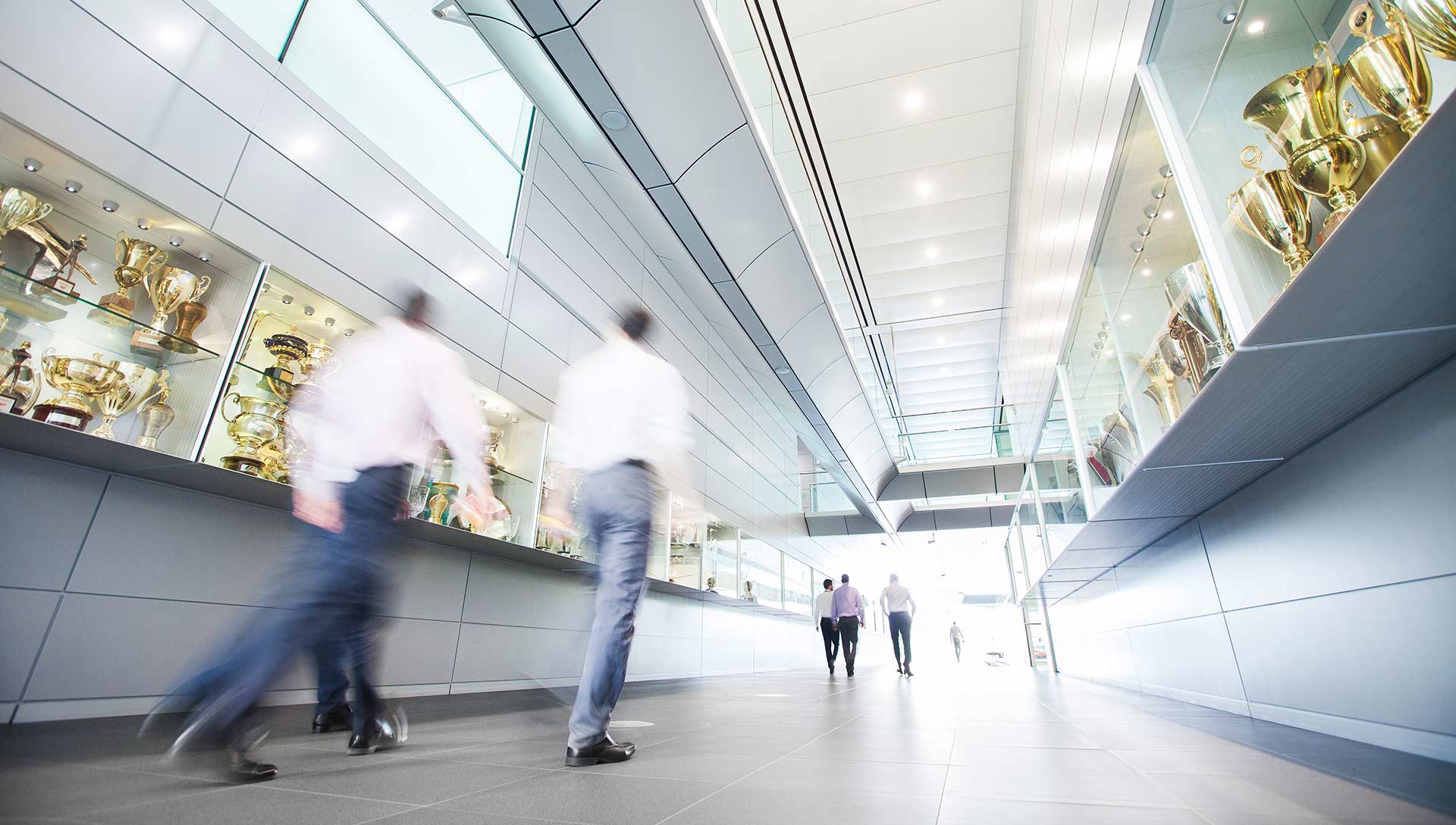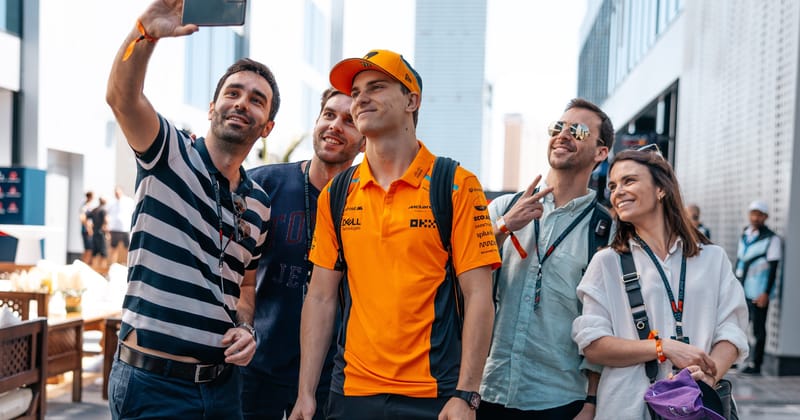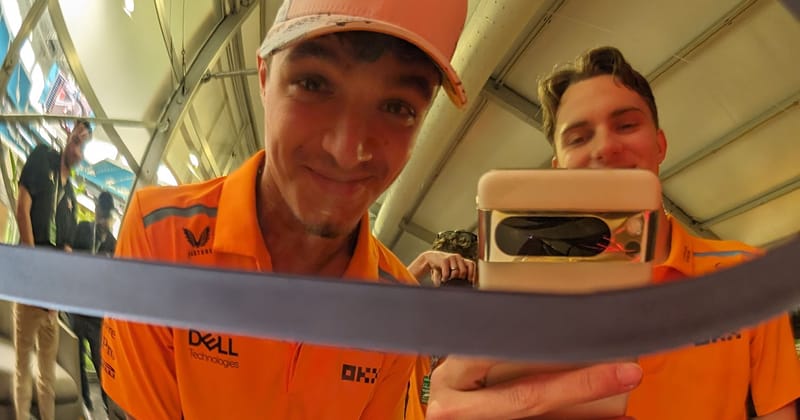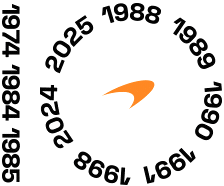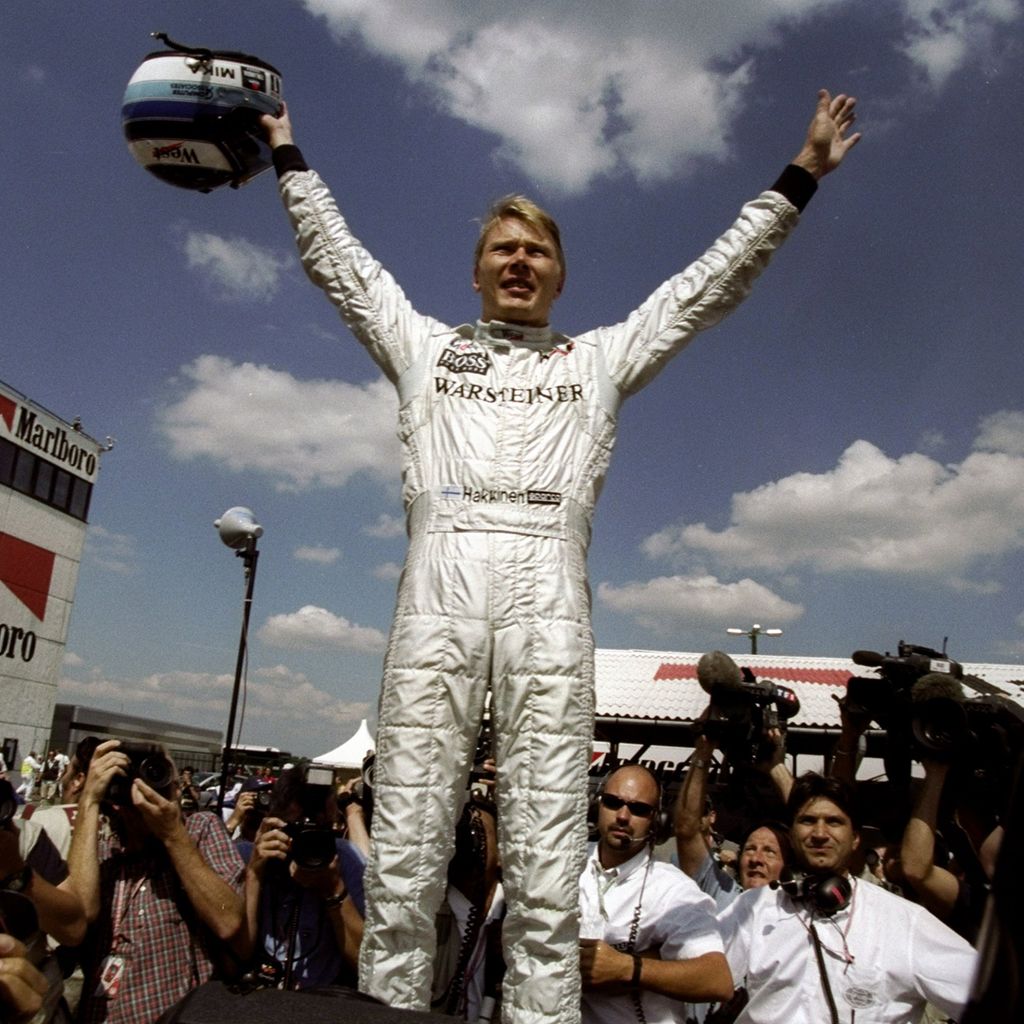
The crucial role of the Hungarian Grand Prix in Mika’s 1999 title triumph
After a difficult couple of rounds, and having lost the Championship lead, Mika’s title defence was in need of a kickstart
The summer of 1999 was unusual. As had been the case in 1998, and as continued to be the case from that autumn onwards and into 2000, there were two McLarens battling two Ferraris at the top of the field. But for six races in the summer of ’99, neither of the Italian cars were being driven by Michael Schumacher.
Schumacher had been sidelined with a broken leg following a collision on the opening lap of the British Grand Prix, ruling him out of the next six races that season.
However, despite appearing to be his strongest challenger, the German’s absence didn’t aid Mika’s cause, as would have been expected. The Finn had assumed the lead of the Championship two rounds prior to Schumacher’s injury with victory in Canada, but then faltered in the following rounds, as Eddie Irvine, in the opposite Ferrari, began eating into his advantage.
The Northern Irish racer usurped him in the standings following Germany, having notched a podium and two wins from three races, while Mika suffered two retirements on either side of P3 in Austria.
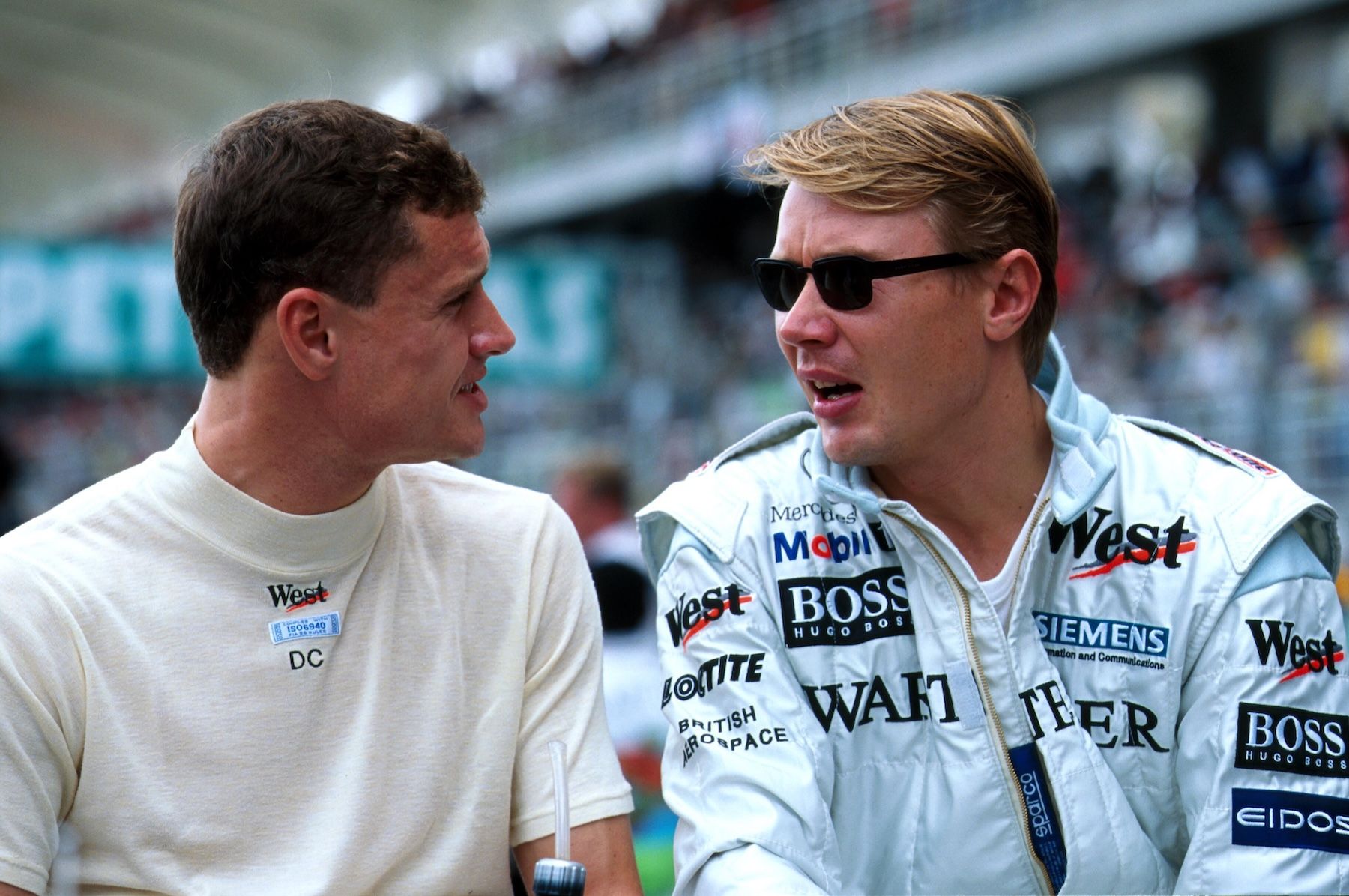
Heading into Hungary the following round, Mika needed to fight back. He hadn’t won in three races and didn’t want Irvine increasing his lead any further. He got off to a great start, qualifying on Pole, and enjoyed a great launch in the race ahead of Irvine in P2.
Having safely navigated the tricky off-camber first right-hander at the start of the lap, which so often catches drivers out, Mika got to work. And he wasn’t messing about, producing a 1.3s lead by the end of the opening lap, which increased to 5.1s in the following six.
Meanwhile, David Coulthard, who qualified third in the other McLaren, was paying the price for a slow start, while grappling with a slight gearbox problem – the combination of which dropped him down to fifth.
“It locked the rear wheels several times under braking,” he explained. “But the pits told me they were monitoring the situation, and I heard nothing more about it.”
Back at the head of the field, Mika was rattling off a succession of fastest laps in response to signals from the pits that he should open as big a gap as possible over his pursuers. This would ensure that he would not fall into the clutches of heavy traffic once he returned from the pits, on a short and narrow circuit where overtaking is so notoriously difficult.
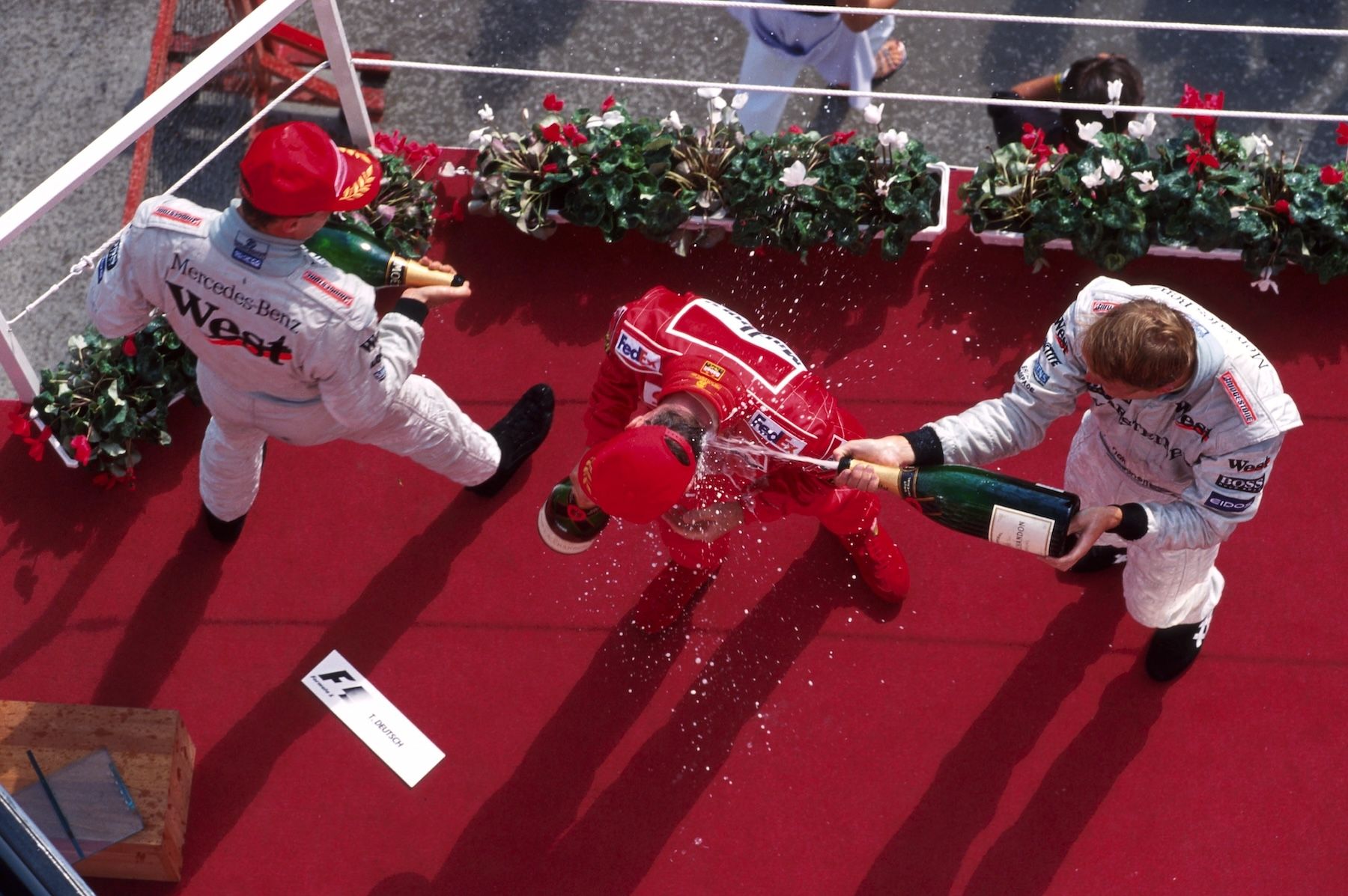
Mika made his first pit stop on Lap 31 of 77, squeezing back into the race just over a couple of seconds ahead of DC, who had yet to pit. That would last him through to his second stop on Lap 55, after which he resumed first and began to confidently reel off the laps towards his fourth victory of the season.
Irvine was not only struggling to keep pace with Mika, but he was now also being stifled by Mika’s McLaren teammate. Utilising the overcut, DC had stayed out when Giancarlo Fisichella and Heinz-Harald Frentzen - the two drivers ahead of him - pitted, and reeled off a series of flawless Qualifying laps to emerge in front of them after his own pit stop.
This freed him to chase down Irvine, who was forced into a crucial mistake by the relentless pressure of the McLaren, sliding wide when checking for the Scot in his mirrors. DC gratefully overtook him and maintained second at the flag, the lost points costing Irvine dearly in the Drivers’ Championship, as he saw his title lead slashed from eight points to two.
It was a reassuring moment for Mika, his dominant performance in the torrid heat at the Hungaroring signalling that normal service had been resumed at the front of the field. With the momentum back in his favour, Mika would retake the Championship lead in the following round, as he resumed his charge towards a second Drivers’ title.
Related articles
Heritage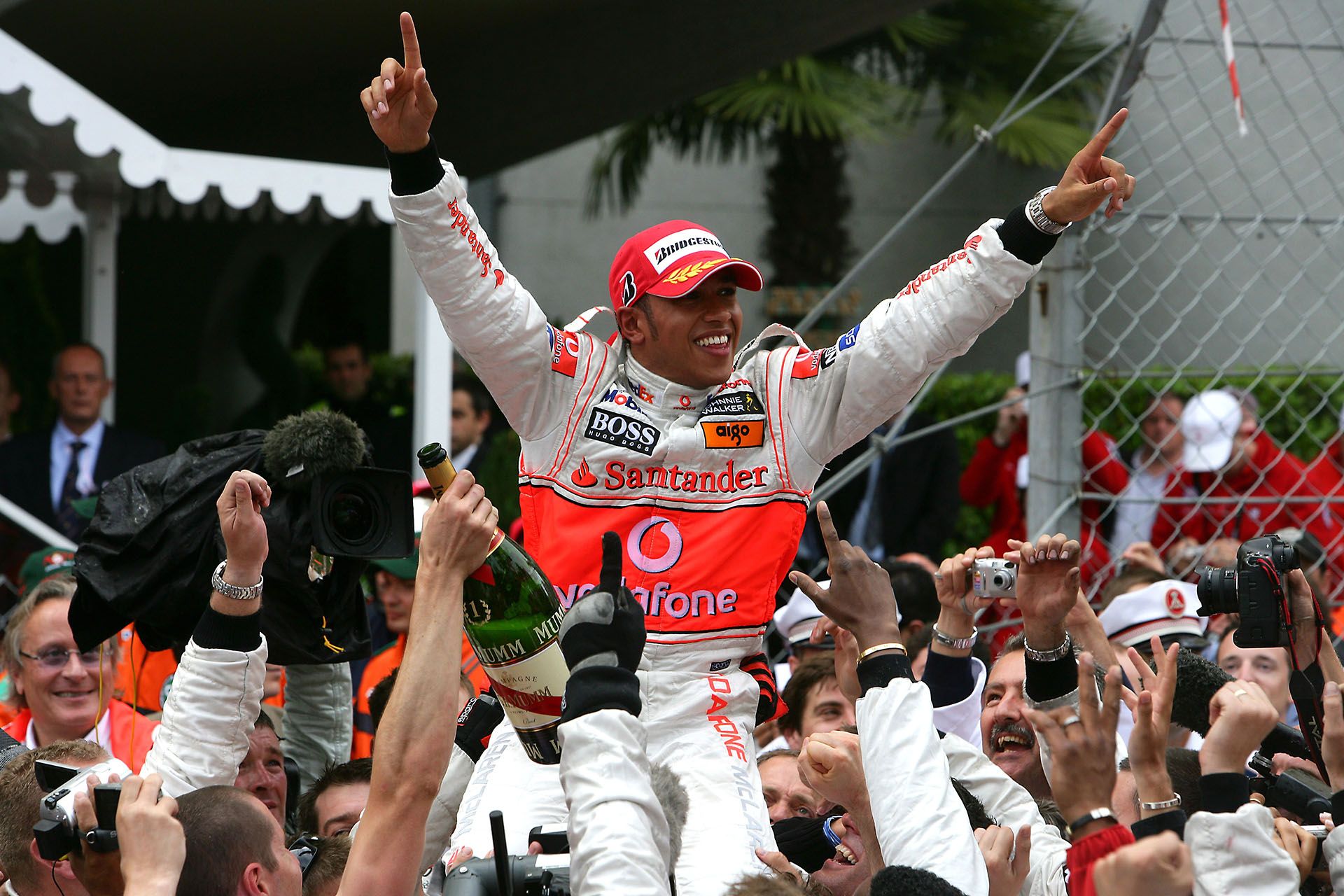
How good actually were McLaren and Lewis Hamilton in the 2008 Formula 1 season
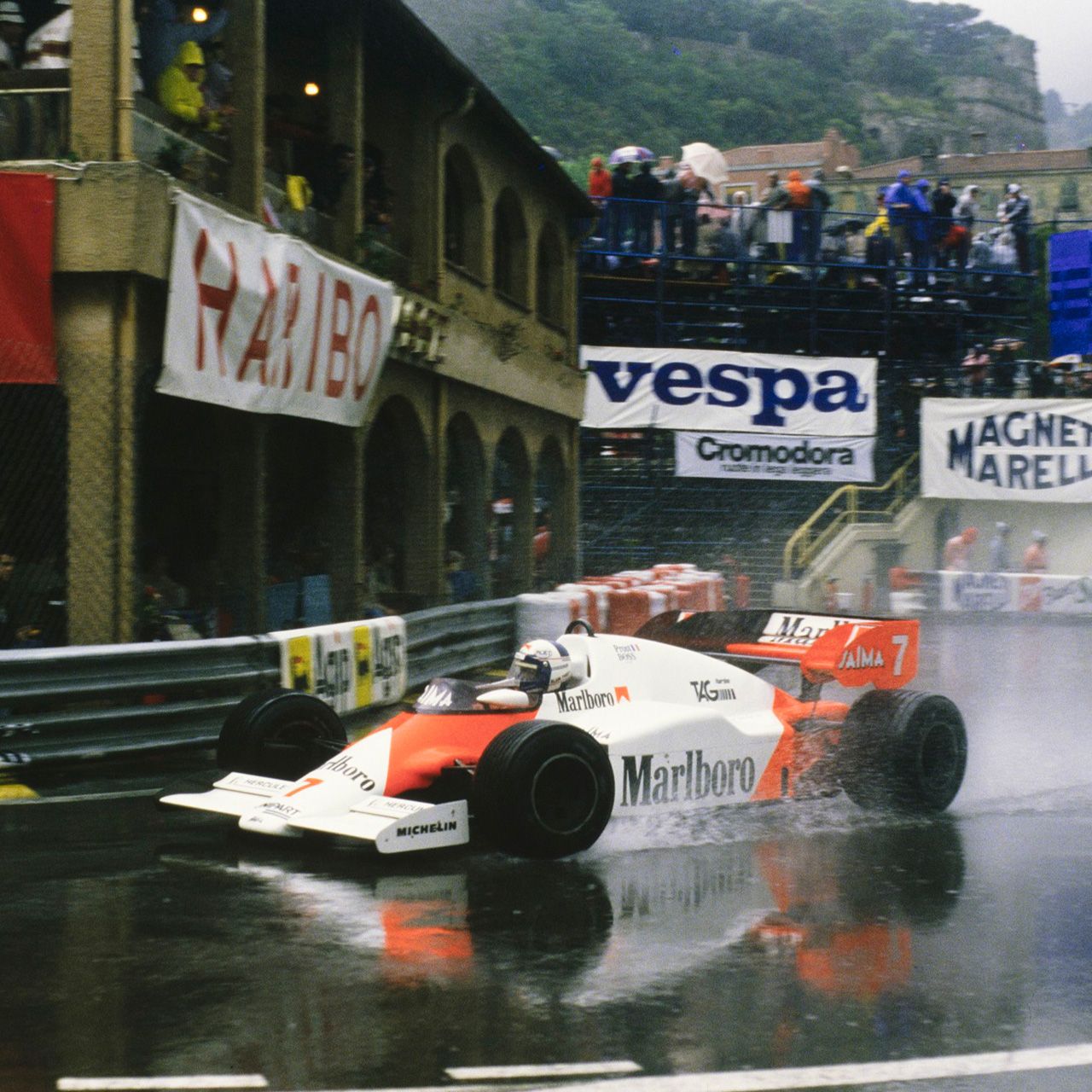
McLaren’s defining moments in Monaco

Meet those who celebrated McLaren’s two most recent title wins, 26 years apart

F1's ultimate rivalry: McLaren and Ferrari
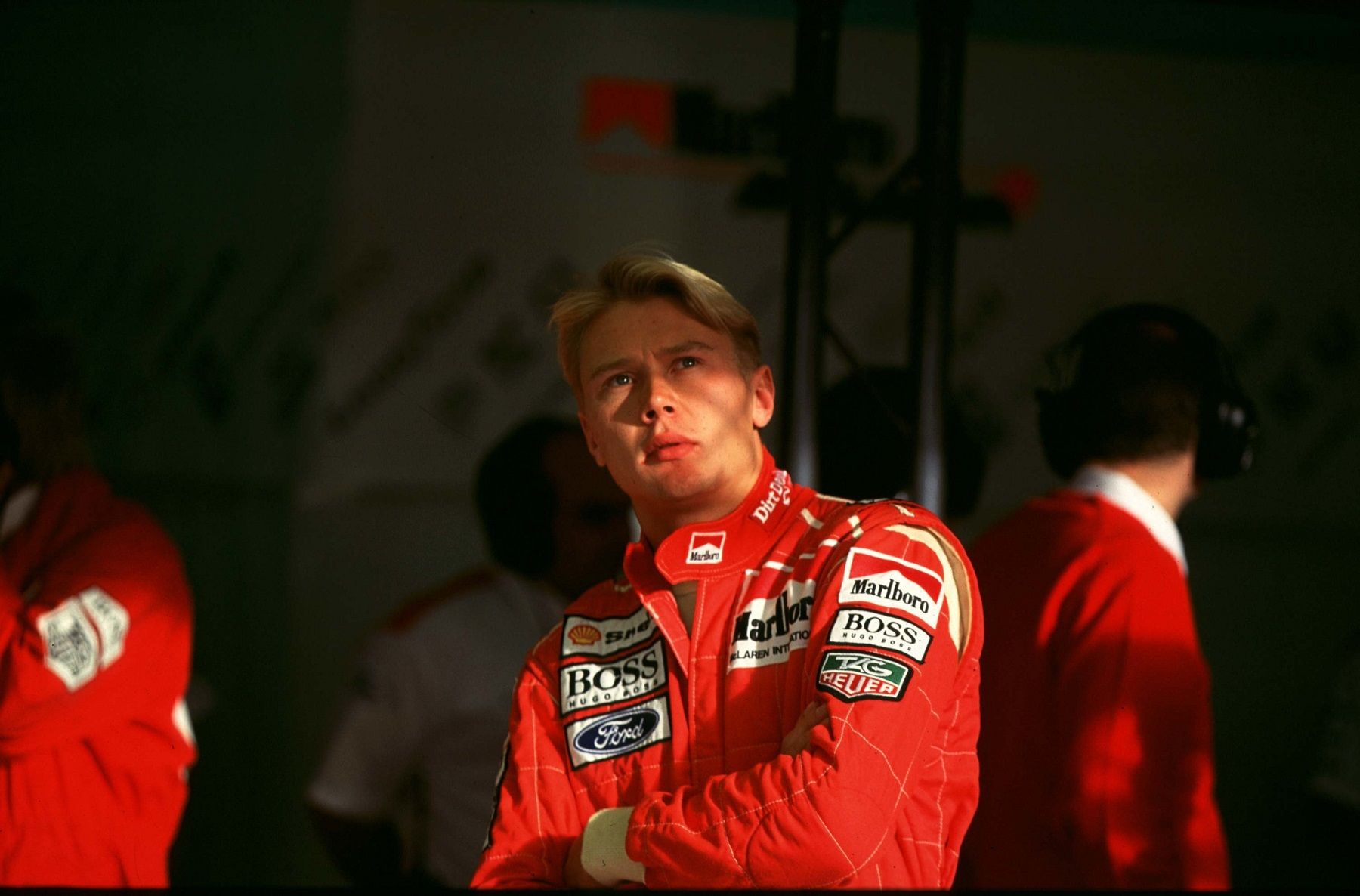
When Mika Häkkinen out-qualified Ayrton Senna on his McLaren debut

The defining moments of the red and white MP4 era

Reuniting Mika Häkkinen with Neil Oatley, the brains behind his first title-winning car
